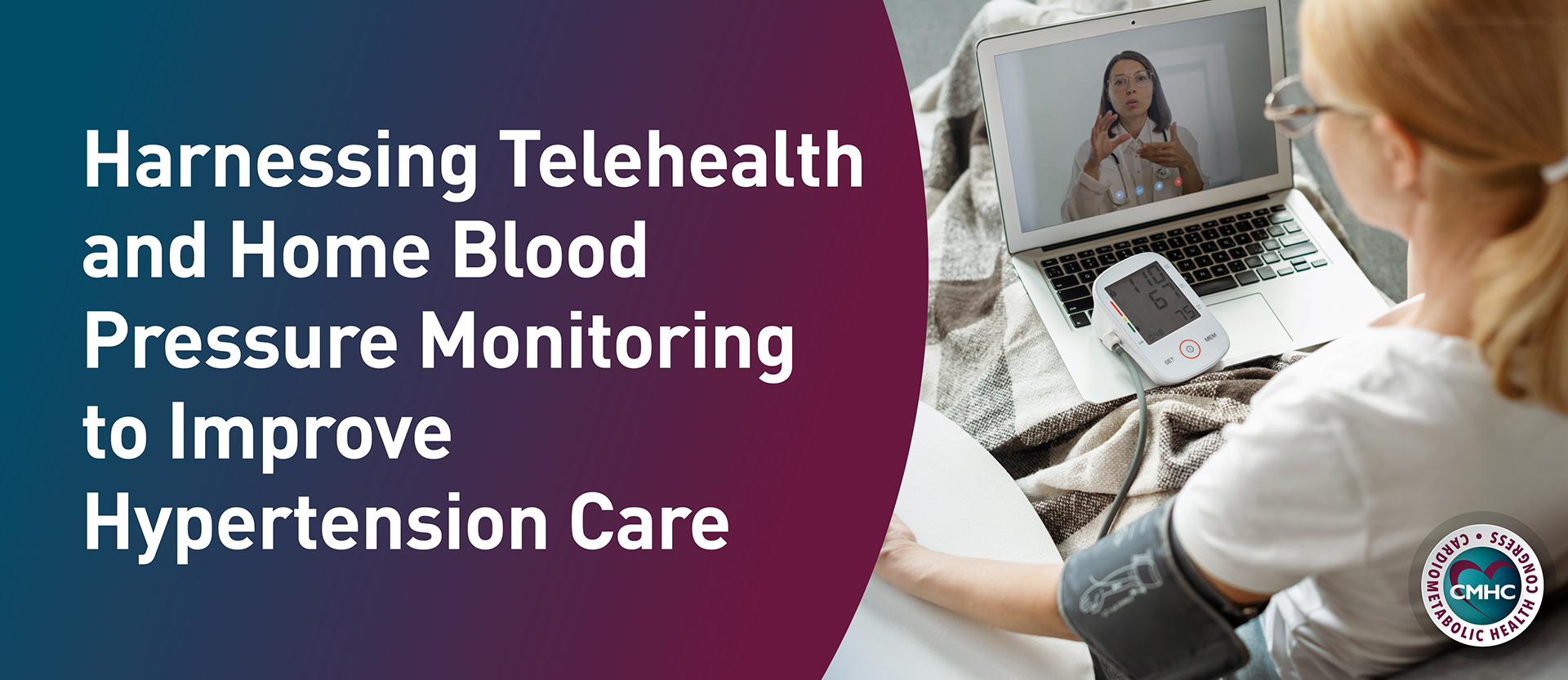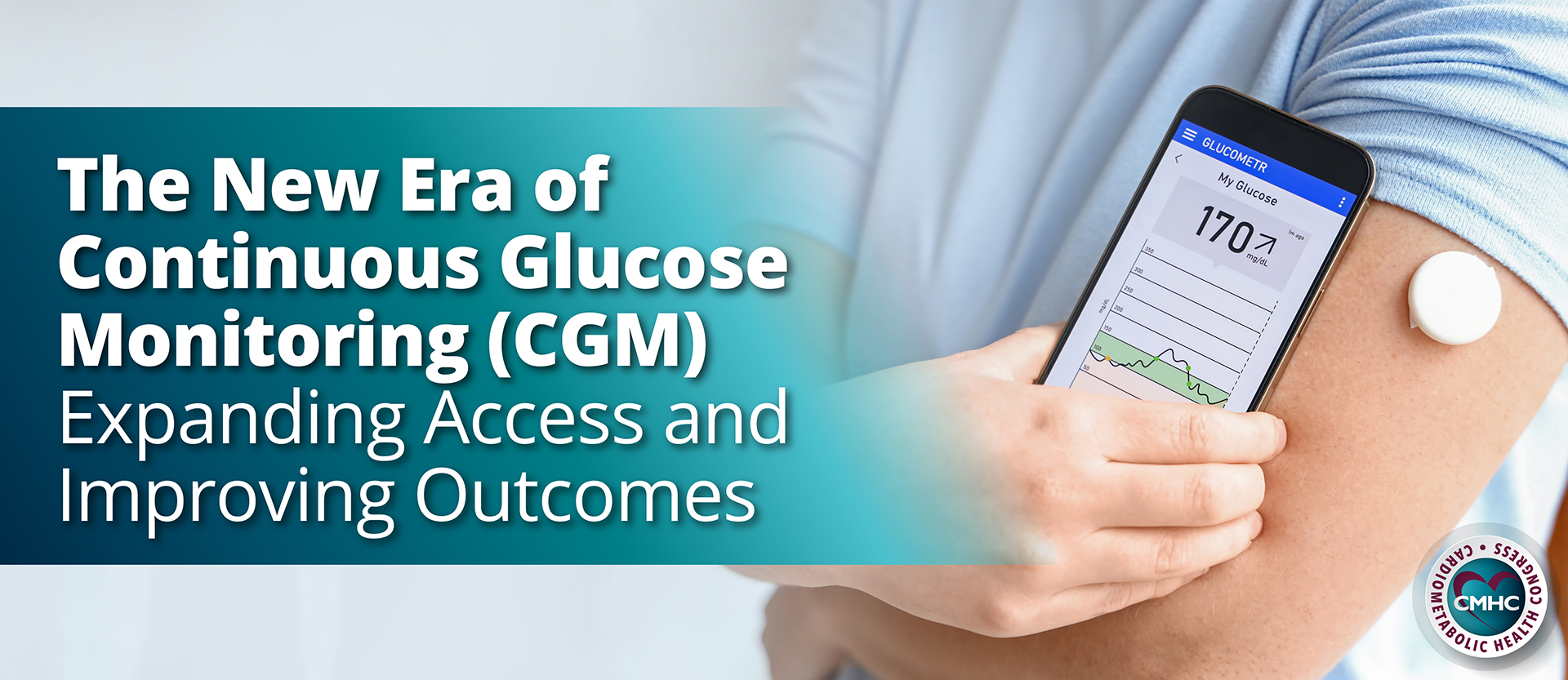In light of the novel coronavirus (COVID-19) outbreak many medical practices have been forced to conduct their business online via newly implemented or existing telehealth programs. Previously used as an adjunct to in-person care, telecardiology is set to replace the majority of outpatient cardiac clinic visits for the foreseeable future. The American College of Cardiology expects phone calls and patient portal messaging to increase dramatically during this time, with remote monitoring used to support the chronic disease population and replace routine nursing visits.
While virtual visits are essential to maintaining patient health, the introduction of telehealth can prove difficult and time-consuming in practice. As a result of the COVID-19 pandemic, significant changes have been made to regulations concerning telemedicine practice to make it easier for medical professionals to provide remote care. In addition to lessened restrictions, specific guidance has been issued to support the reimbursement of online medical appointments during this time. With the help of ACC-recommended turnkey solutions, clinicians can easily and rapidly adopt the digital health care model regardless of their practice environment to ensure safe access to care.
Choose Appropriate Patients
It is up to providers to determine eligible and appropriate patients per local, state, or hospital guidelines. Patients deemed too ill, should be directed to an in-person immediate care unit while those who may be difficult to assess without being physically present should be directed to an in-office visit.
To ensure a successful telehealth visit, patients need to have access to a smartphone, tablet, laptop, or desktop computer. Before the appointment, healthcare providers or their assistants will need to email patients a link with the conference information or other online meeting details and ensure they are equipped with the necessary tools to conduct an online visit.
Implementing Telephone Visits
Providers can utilize their existing scheduling system to list virtual or phone visits. While diagnostics will still require an in-office visit, providers can e-prescribe, place orders, educate, and counsel patients over the phone as part of a telehealth visit. Clinicians are urged to document the visit using standard templates or narrative notes and to bill by the duration of the visit. In order to protect their privacy, medical professionals may want to block their personal phone number using *67, an equivalent smartphone application, or using their healthcare facility’s phone line.
Telephone Visit Billing
Coverage and payment structures can vary across insurance companies, although the latest federal regulations hope to alleviate telemedical billing concerns. Precise documentation of virtual visits is necessary to ensure providers capture work done during the pandemic and are reimbursed appropriately.
Using Video Conferencing
Video conference visits conducted via an appropriate, HIPAA-compliant telehealth provider can allow for a more comprehensive experience for both patients and providers. Video communication services such as Skype for Business, Updox, VSee, Zoom for Healthcare, and doxy.me are HIPAA-compliant conferencing systems that work effectively for conducting virtual visits.
Physicians should approach conducting a virtual visit as if it was an in-person one except for the physical exam – which can be replaced by asking patients to demonstrate physical symptoms if needed. As with phone visits, video conference visits can be used to e-prescribe, place orders, educate, and counsel patients. Diagnostics will need to take place during in-person visits.
Detailed information about virtual video visit billing can be found here.
Changes Easing Implementation
As per the latest regulations, Medicare will pay for office, hospital, and other visits provided digitally across the country. Telehealth visits conducted as part of the Medicare program will be reimbursed at in-office rates during the COVID-19 outbreak. A wide range of providers may choose to offer telehealth services according to the latest guidance, which offers greater flexibility. “The U.S. Department of Health and Human Services’ Office of Inspector General is providing flexibility for health care providers to reduce or waive cost-sharing for telehealth visits paid by federal health care programs,” the ACC explains in an article.
Important Considerations
Prior to offering telemedicine services, physicians should ensure that their malpractice insurance covers remote visits to avoid potential liability. Although regulations loosening state border restrictions are anticipated, telehealth encounters are currently considered to take place at the physical location of the patient, not the provider. Thus, providers must comply with the laws and regulations set forth by the professional licensing board within the patient’s state.
Further, documentation requirements for telemedicine remain the same as those pertaining to an in-person visit, although documentation should additionally include language outlining that the service was provided digitally. However, it is important to note that all of these considerations may be modified as a result of the emergency pandemic environment; providers are encouraged to check with legal and insurance providers for specific guidance.
With the latest regulations and important considerations in mind, clinicians can use digital solutions to take their practice online, providing care as well as maintaining their patients’ health while prioritizing safety and respecting the need for social distancing. While the widespread shift toward telemedicine may be a temporary prevention method, virtual visits are expected to grow in popularity as more medical practices and healthcare facilities expand their telehealth programs to fulfill growing demand from patients.
Regulations allowing for the easier expansion of telemedicine across the nation are expected to be implemented further during the COVID-19 outbreak. In the meantime, medical professionals looking to integrate telemedicine into their practice either now or in the future can benefit from the actionable solutions recently put forth by the ACC – which can be found here.



















